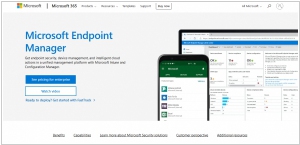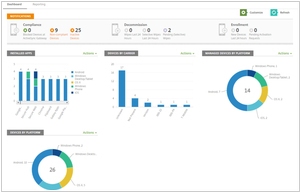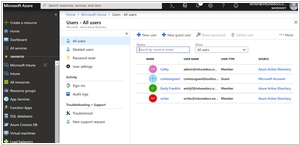Citrix Endpoint Management vs Microsoft Intune
August 28, 2023 | Author: Michael Stromann
Citrix Endpoint Management and Microsoft Intune are prominent solutions in the realm of modern endpoint management, each offering unique strengths. Citrix Endpoint Management, developed by Citrix, emphasizes a comprehensive approach to managing devices, applications, and data with a focus on enhancing user productivity while maintaining strong security measures. It particularly excels in scenarios where organizations require advanced application delivery and virtualization capabilities. On the other hand, Microsoft Intune, a component of Microsoft Endpoint Manager, is deeply integrated into the Microsoft ecosystem and offers a seamless management experience for Windows devices, as well as cross-platform support. Its strength lies in its close integration with Azure Active Directory and other Microsoft services, enabling organizations to leverage a unified platform for device management, application deployment, and identity access management.
See also: Top 10 MDM software
See also: Top 10 MDM software
Citrix Endpoint Management vs Microsoft Intune in our news:
2020. Microsoft updates its Endpoint Manager with improved macOS support

Microsoft has introduced a variety of fresh enhancements to Microsoft Endpoint Manager, the company's comprehensive platform for managing and securing devices within an enterprise setting. This service, which combines the capabilities of Microsoft System Center Configuration Manager with the cloud-based tools of Intune, was launched less than a year ago. The latest updates enhance the existing framework and include enhanced support for macOS and iPad, as well as new tools for establishing connections between mobile devices and on-premises applications. Additionally, the updates introduce additional productivity tools based on the data collected by the service. Moreover, Microsoft has simplified the process for corporate IT departments to remotely provision devices for their employees.





